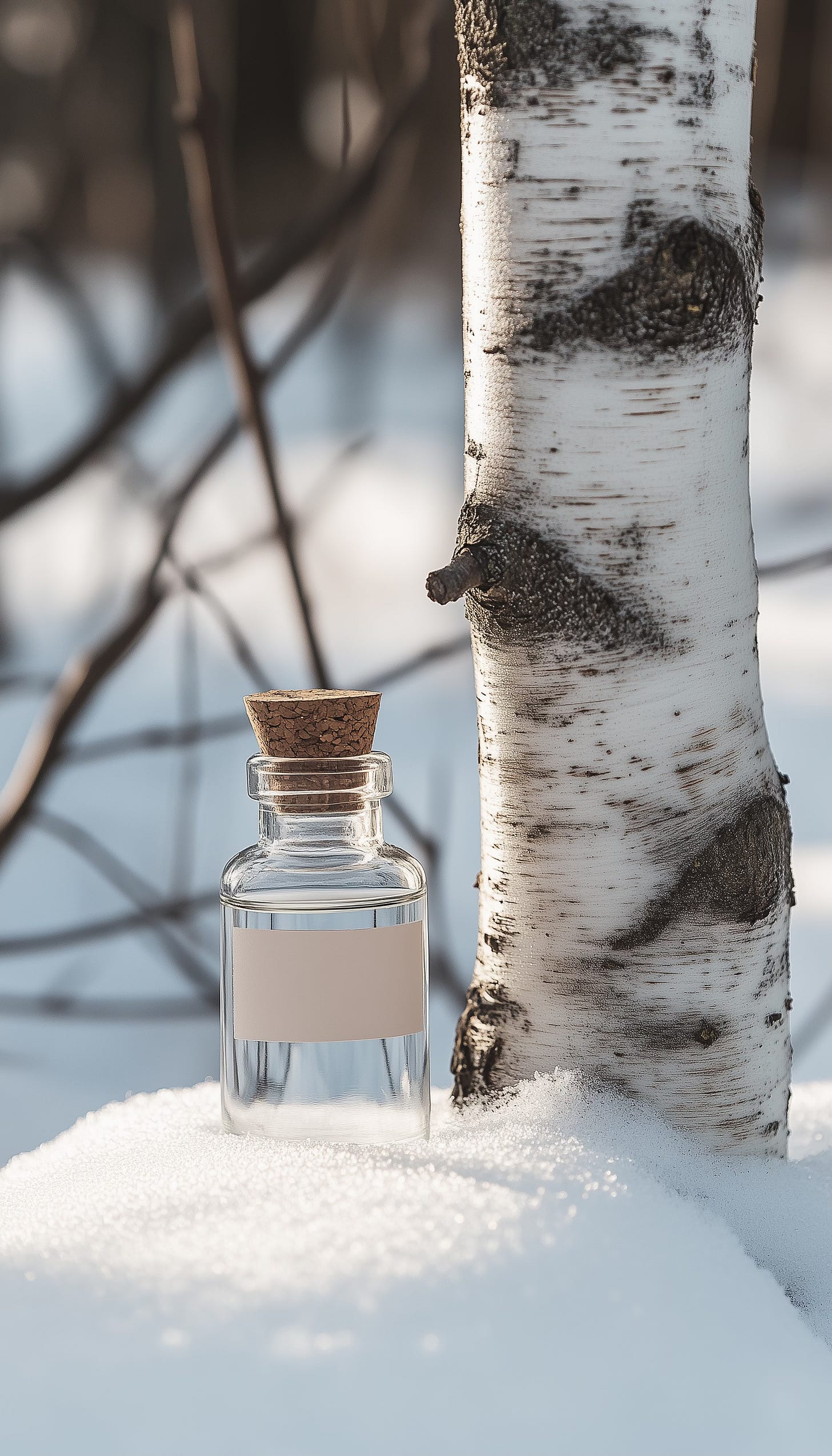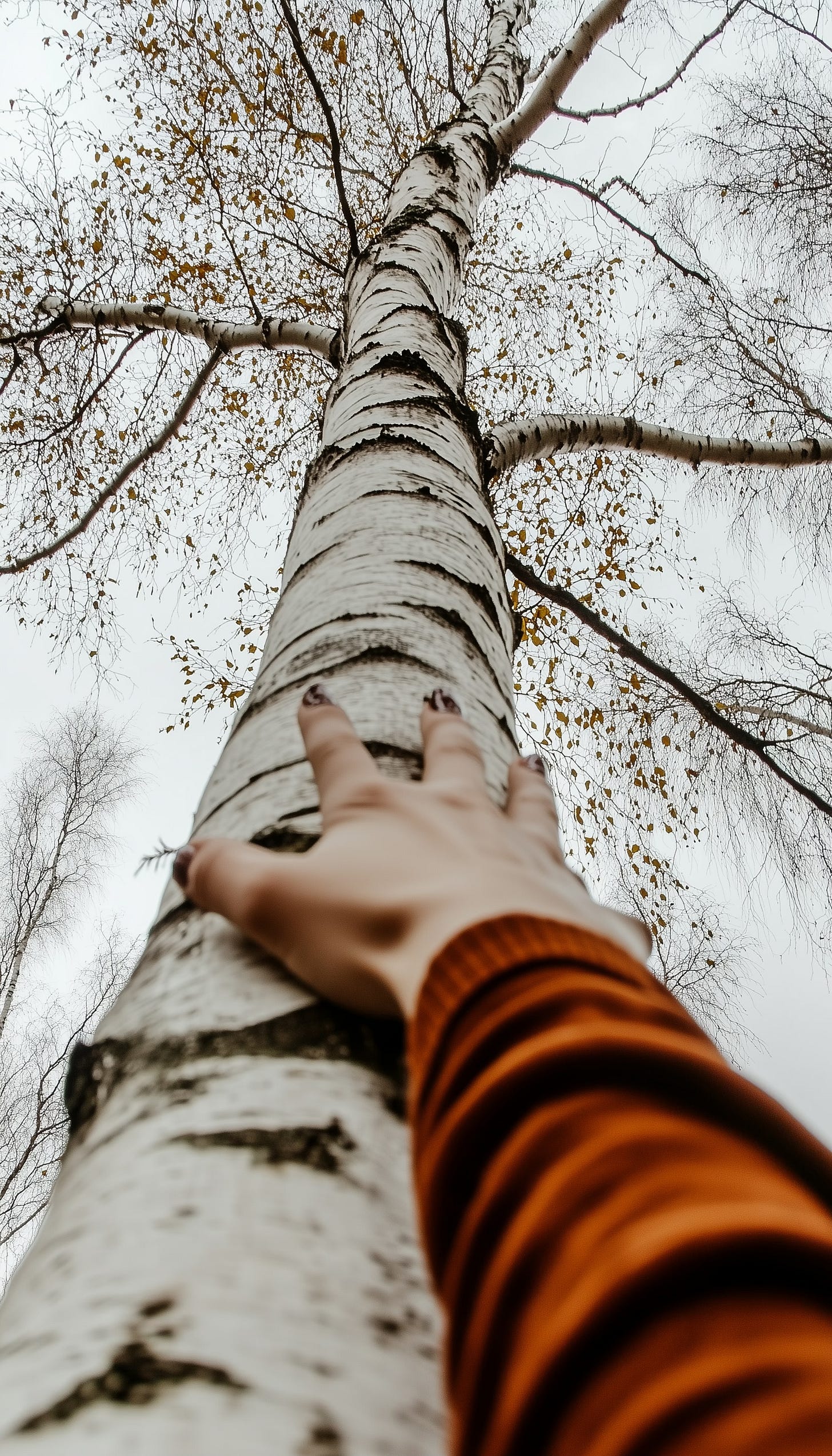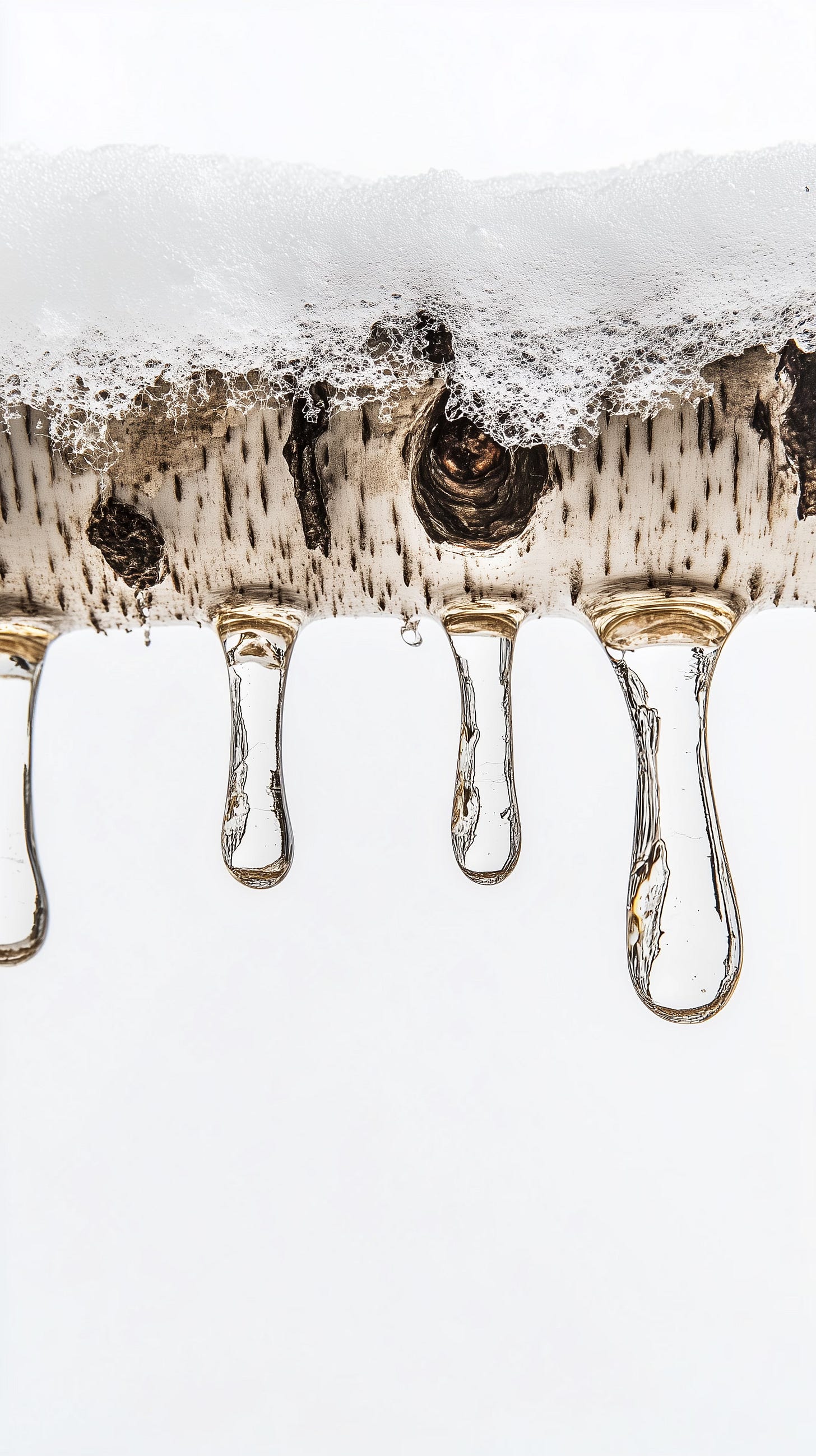Water is one of the most essential elements for survival, yet access to clean, drinkable water has been a challenge throughout history. Many ancient cultures, including Native Americans, developed remarkable techniques for sourcing, collecting, and purifying water in the wild. Understanding these methods not only connects us to our ancestors but also equips us with valuable skills for self-sufficiency.
A Personal Reflection: Collecting Snow for a Science Experiment
Recently, I collected snow in containers with lids for my daughter’s science fair experiment. We wanted to test whether plants grow better with melted snow or tap water. As I gathered the snow, I found myself wondering how much water and snow would be needed for the experiment. This curiosity led me to reflect on how Native Americans and other ancient cultures sourced and purified water in the wild.
My father used to tell me stories about his childhood at a camp in Minnesota near the Canadian border. He would describe the freshwater springs in the lakes, explaining how he and his friends could dip their canteens into the water and drink straight from it because it was naturally purified. These stories fascinated me and made me appreciate the wisdom that past generations had about nature’s resources.
Ancient and Traditional Water Sourcing Techniques
Snow and Ice Collection
Indigenous peoples in colder climates relied on snow and ice as a primary water source. However, they understood that eating snow directly could lower body temperature. Instead, they would melt snow over fire or use body heat to warm it before drinking.Freshwater Springs
Native Americans and early settlers often sought out freshwater springs, which naturally filtered through layers of rock and earth, making them some of the purest water sources. My father’s stories about drinking from the Minnesota lake springs remind me of the deep connection our ancestors had with the land.Dew and Rainwater Collection
Early civilizations and nomadic tribes used animal hides, leaves, and clay pots to capture morning dew and rainwater. This method was particularly useful in arid regions where water sources were scarce.Tree and Plant Tapping
Some trees, like birch and maple, contain drinkable sap that is not only hydrating but also rich in minerals. Native Americans would tap these trees in early spring to collect water and nutrients before the sap turned into syrup.
Methods for Tapping Sap for Water
Traditional Bucket Method: Drill a hole into the tree trunk at a slight upward angle, about 3-4 cm deep. Insert a spile (metal or plastic tap) into the hole. Hang a bucket from the spile to collect the sap.
Tubing System: Drill holes into multiple trees. Insert spouts into each hole and connect them with plastic tubing, leading to a central collection container.
Vacuum-Tubing System: Similar to the tubing system but includes a compressor to create suction, increasing sap yield.
Branch Tapping: Cut the end of a single branch or multiple small branches. Attach plastic tubing or a container to collect the sap.
Simple Slit Method: Make a diagonal cut in the tree bark using a sharp knife. Insert a small shaved stick into the slit at the same angle to guide the sap into a container.
Do You Need to Boil Sap?
Drinking raw sap from safe trees like maple or birch is generally not harmful, but there are considerations:
Safe Tree Species: Maple and birch sap are generally safe to consume, with potential health benefits.
Potential Contaminants: Raw sap may contain bacteria or yeast, so boiling or pasteurizing is recommended to ensure safety.
Environmental Factors: Trees filter some contaminants, but soil pollution or pesticide exposure may affect sap quality.
Processing for Safety: Commercial tree sap products undergo processing to ensure they are safe for consumption.
Allergy Considerations: Individuals with tree pollen allergies should be cautious when consuming raw sap.
In survival situations, sap from known safe species like maple or birch can be a potential water source, but it is advisable to boil it when possible to eliminate bacteria or other contaminants.
Solar Still and Sand Wells
Desert-dwelling cultures developed solar stills—digging a hole, placing a container in the center, and covering it with plastic or large leaves to trap evaporating moisture. They also dug near riverbanks or dried-up beds where underground water was still accessible.
Benefits of Harvesting Natural Water
Minimally Processed and Chemical-Free
Unlike treated tap water, naturally sourced water (when properly collected) lacks added chemicals like chlorine or fluoride, making it a purer alternative.Rich in Essential Minerals
Many freshwater sources, such as springs and tree sap, contain essential minerals like magnesium, calcium, and potassium, which benefit overall health.Emergency Preparedness and Self-Sufficiency
Knowing how to find and purify water naturally ensures survival in situations where conventional water sources may be unavailable.Cultural and Historical Connection
Practicing these ancient water-gathering techniques fosters a deeper appreciation for indigenous knowledge and traditional survival skills passed down through generations.Environmental Awareness and Sustainability
Harvesting water naturally encourages sustainable practices, reducing reliance on plastic bottled water and promoting a closer relationship with nature.
Final Thoughts
Water sustains life, and learning how to collect and purify it naturally is a skill that connects us to generations of wisdom. Whether experimenting with melted snow for plant growth, tapping into ancient methods, or simply learning how our ancestors thrived, understanding nature’s hidden reservoirs is a journey worth taking.
So next time it rains or snows, take a moment to appreciate the natural cycle of water—and perhaps, like me, collect a little for a science experiment or personal exploration.







